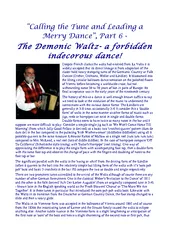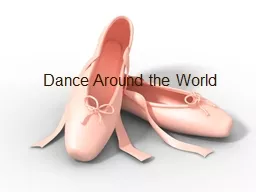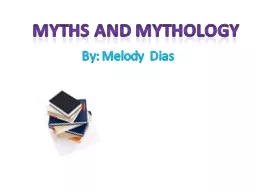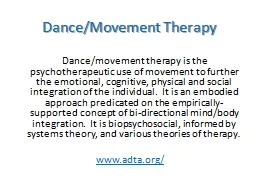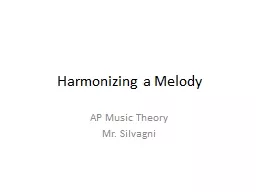PDF-melody - the 'Cachoucha' or 'Cachucha' was for a castanet dance in 3 .
Author : olivia-moreira | Published Date : 2015-08-13
Many of the other Spanish Waltz tunes which Ive located such as from Carl Fischers Concertina Tutor of 1905 and from James Gouldings 1817 collection from County
Presentation Embed Code
Download Presentation
Download Presentation The PPT/PDF document "melody - the 'Cachoucha' or 'Cachucha' w..." is the property of its rightful owner. Permission is granted to download and print the materials on this website for personal, non-commercial use only, and to display it on your personal computer provided you do not modify the materials and that you retain all copyright notices contained in the materials. By downloading content from our website, you accept the terms of this agreement.
melody - the 'Cachoucha' or 'Cachucha' was for a castanet dance in 3 .: Transcript
Download Rules Of Document
"melody - the 'Cachoucha' or 'Cachucha' was for a castanet dance in 3
."The content belongs to its owner. You may download and print it for personal use, without modification, and keep all copyright notices. By downloading, you agree to these terms.
Related Documents

